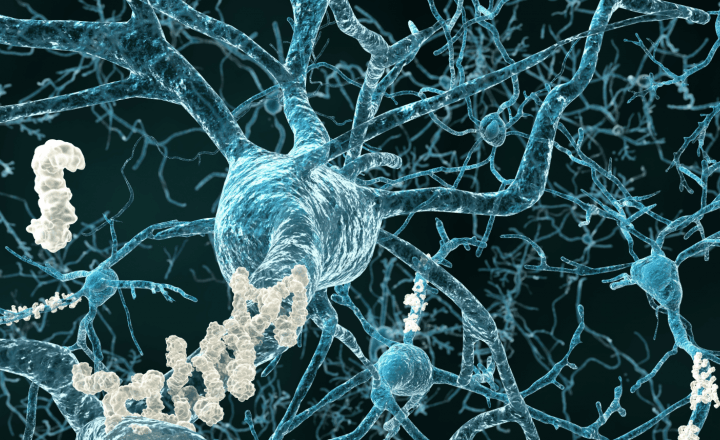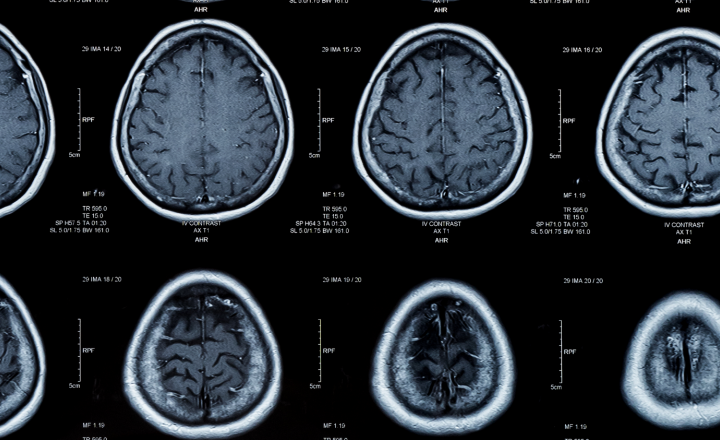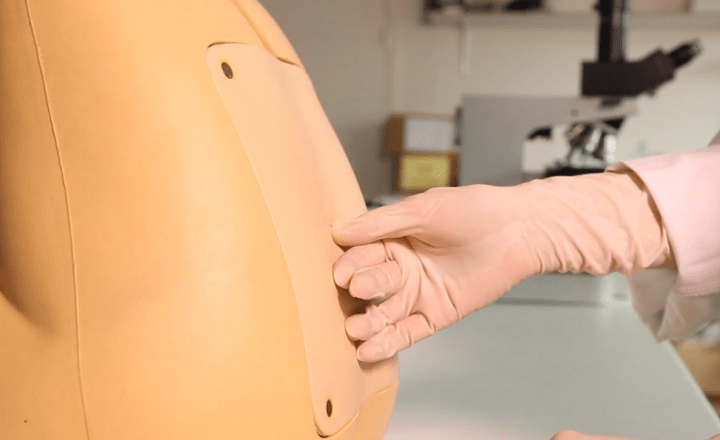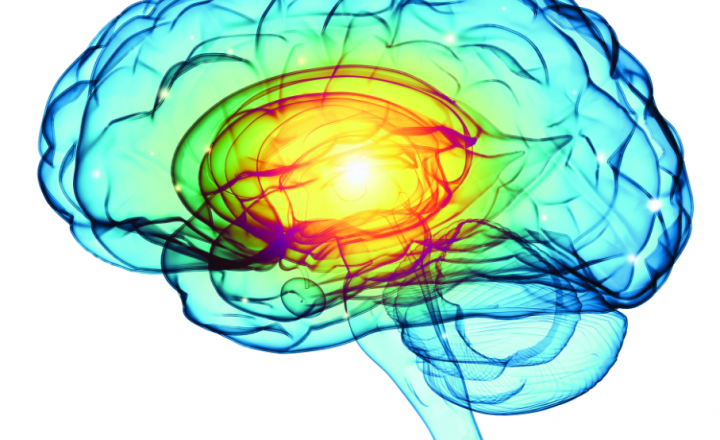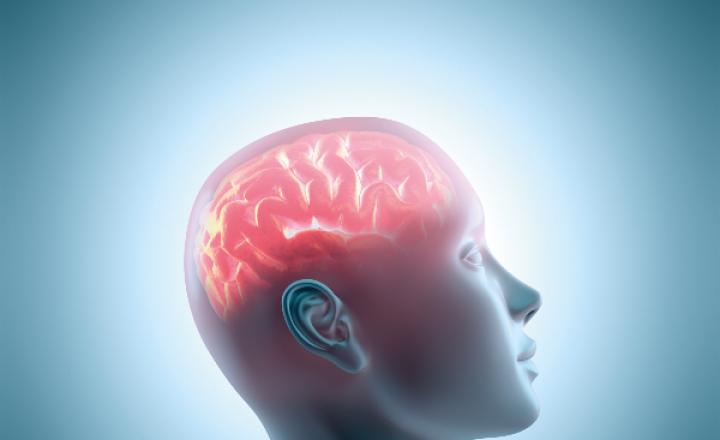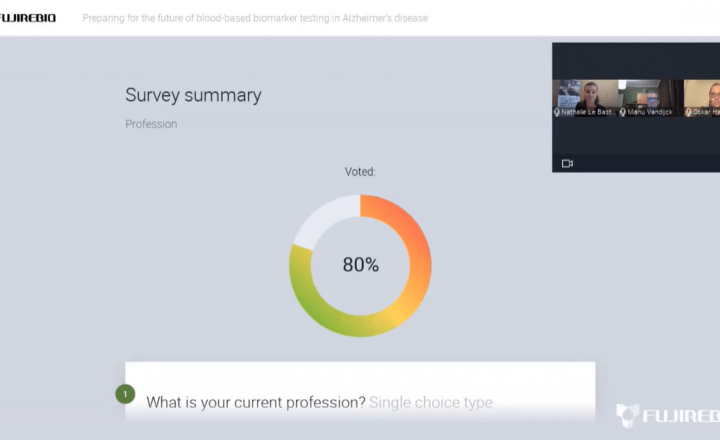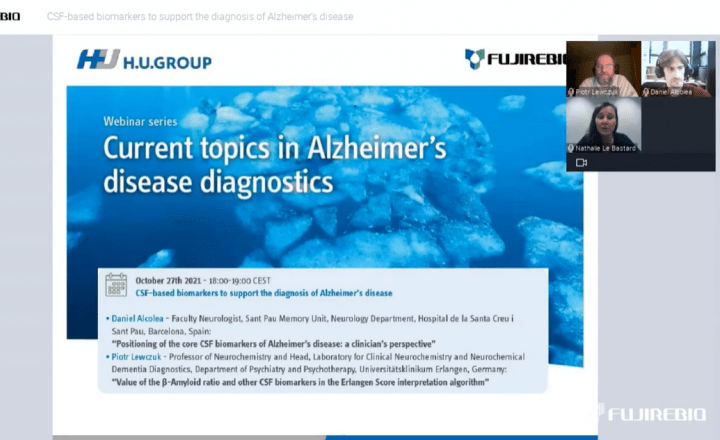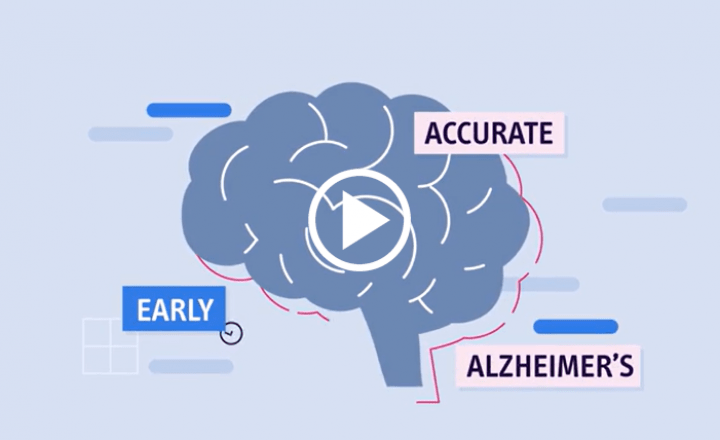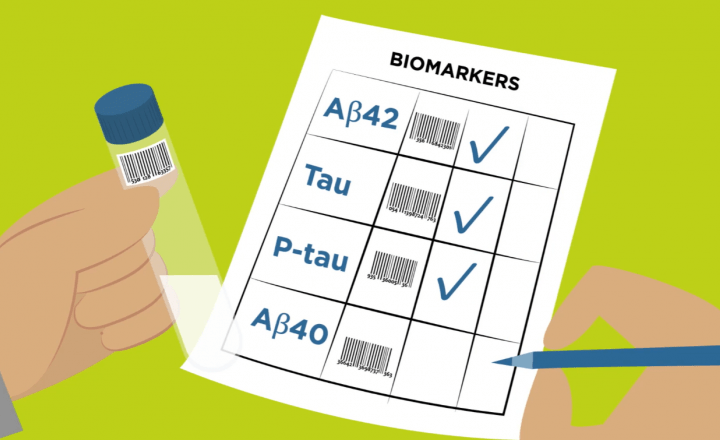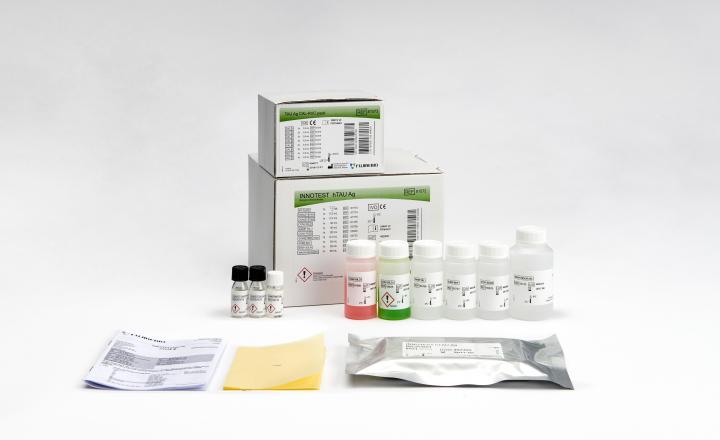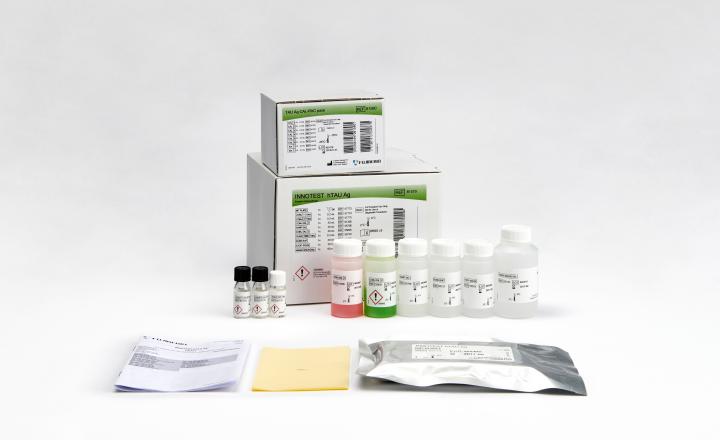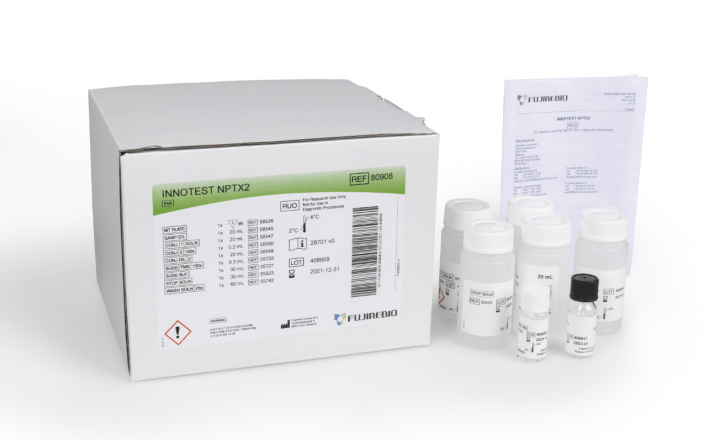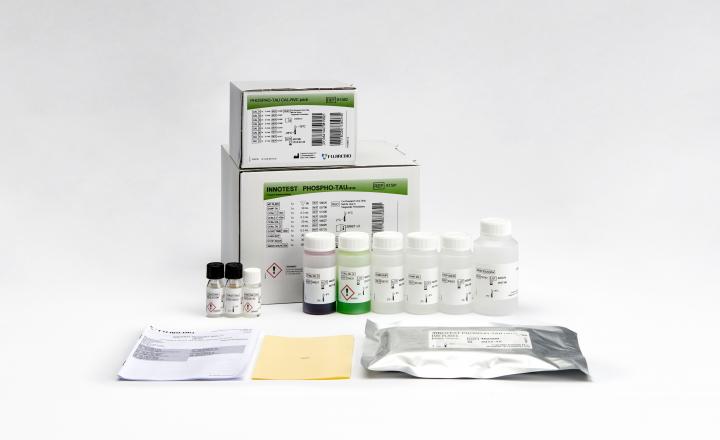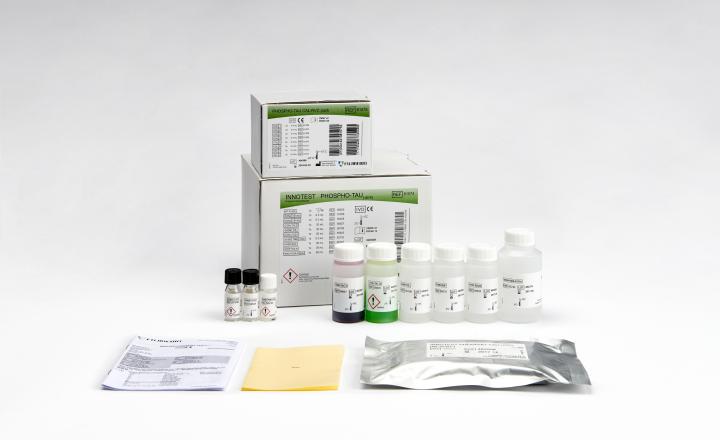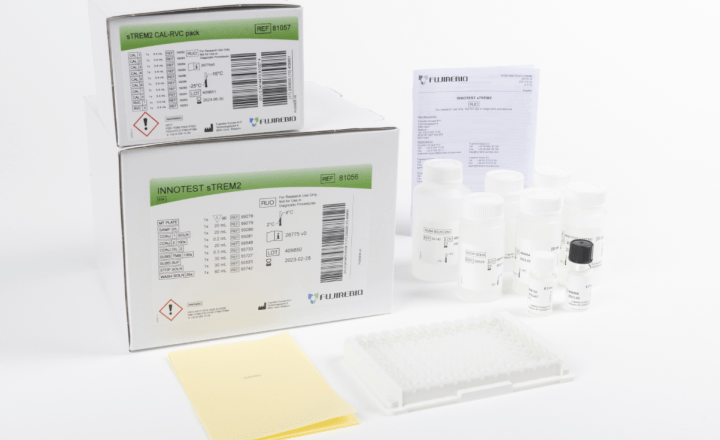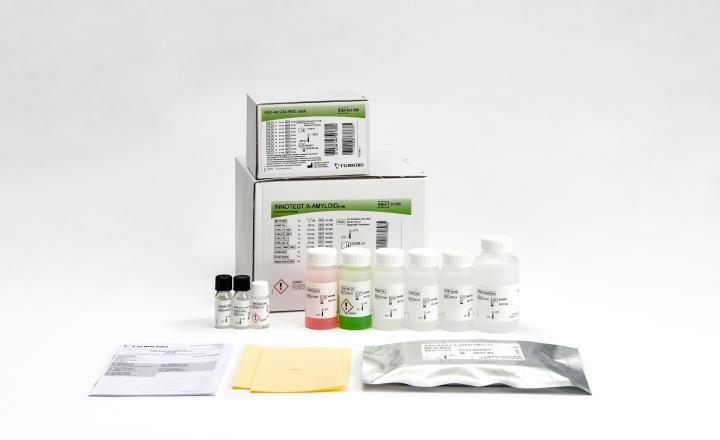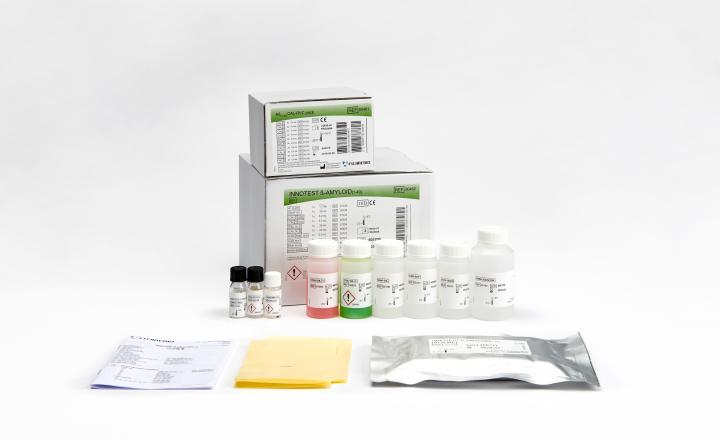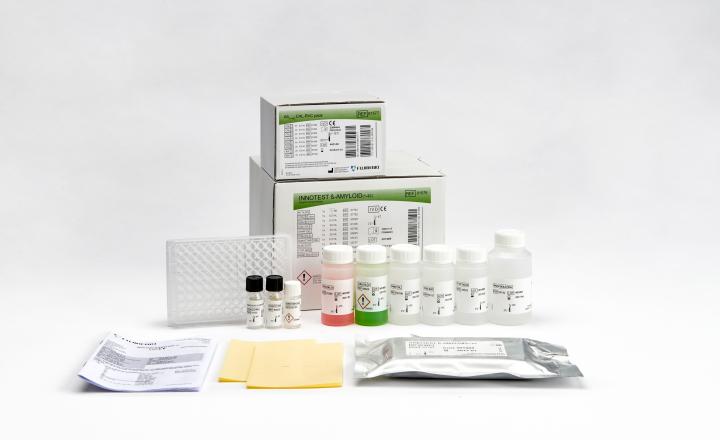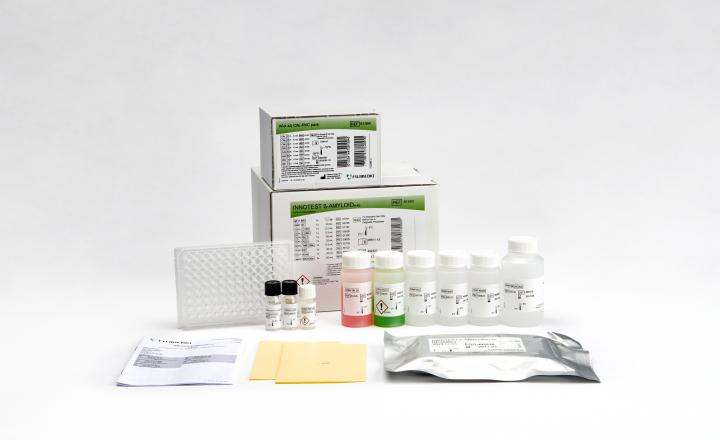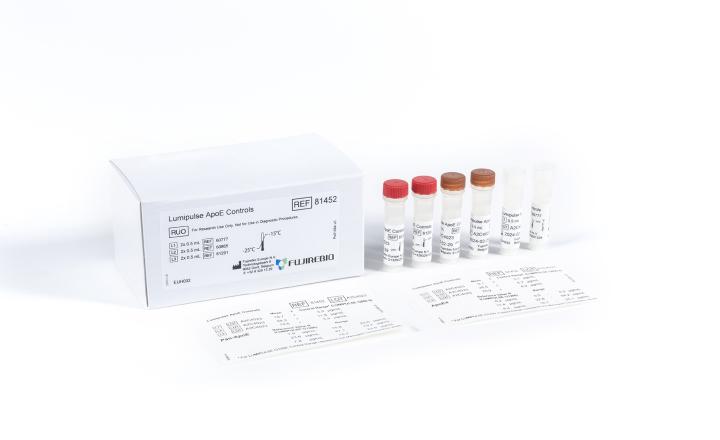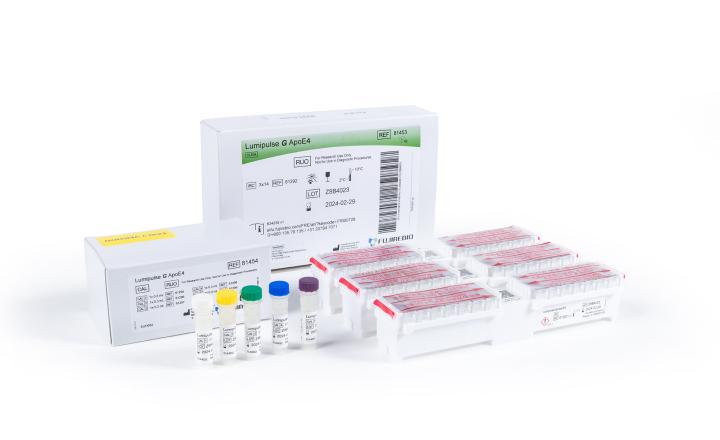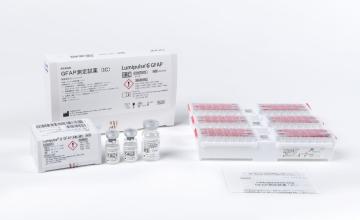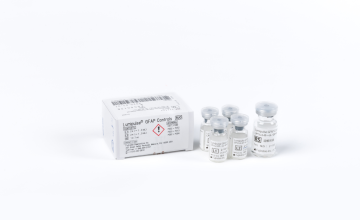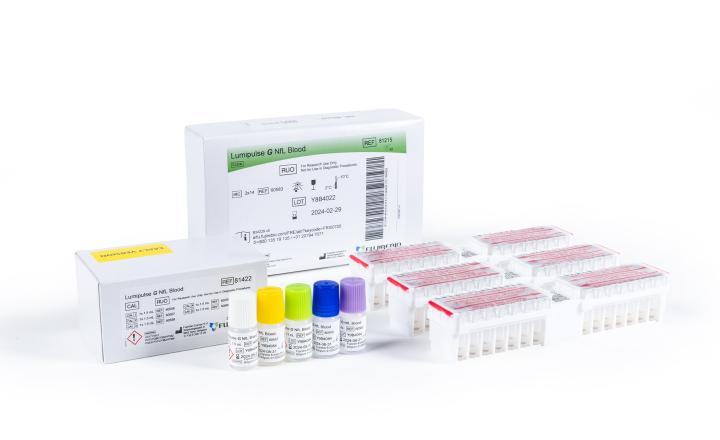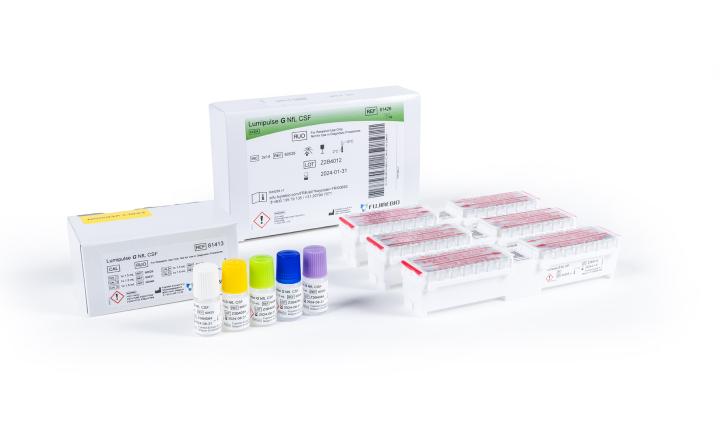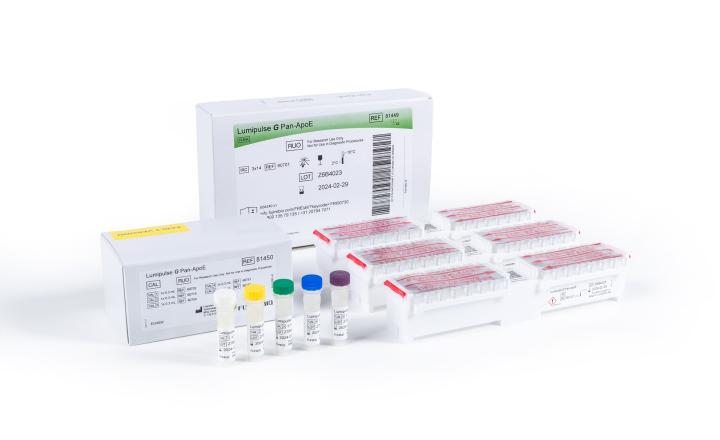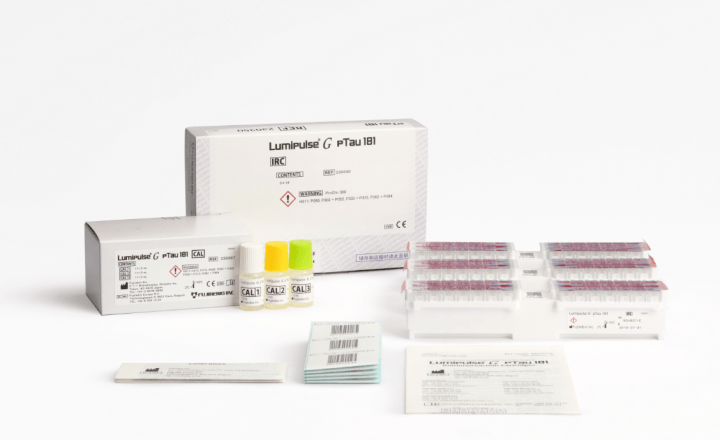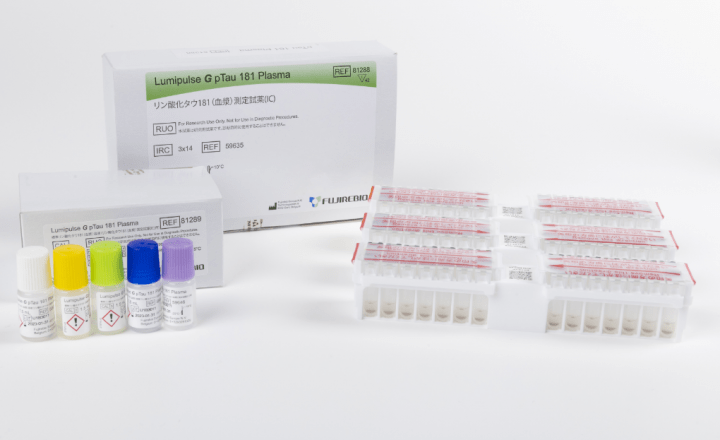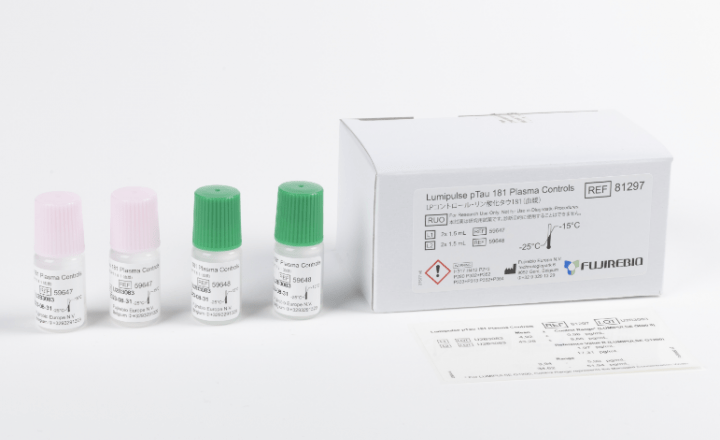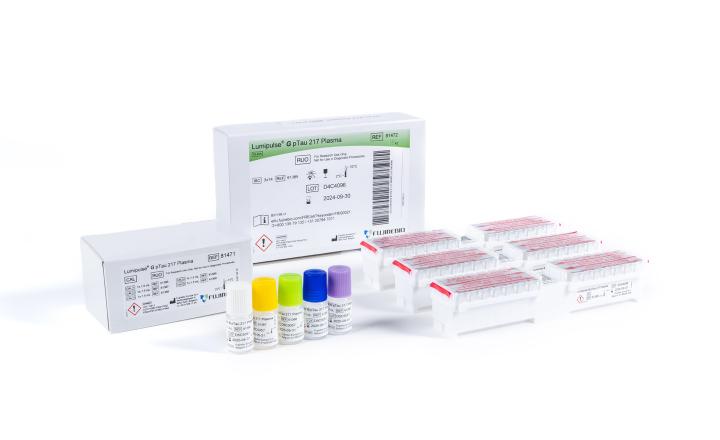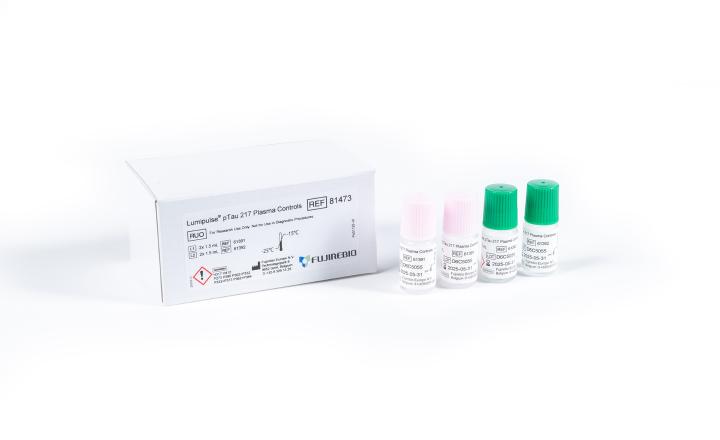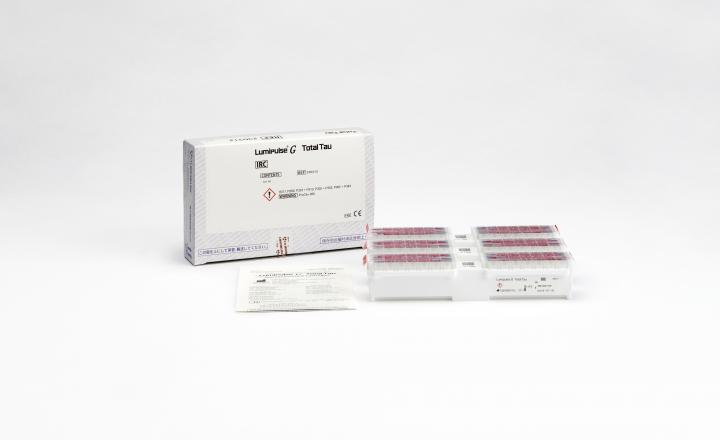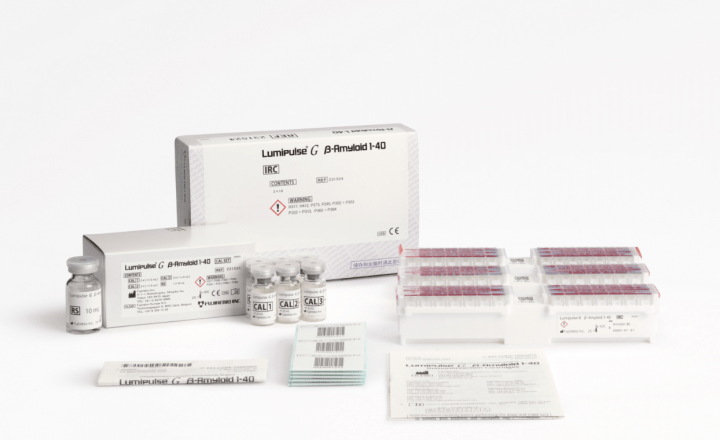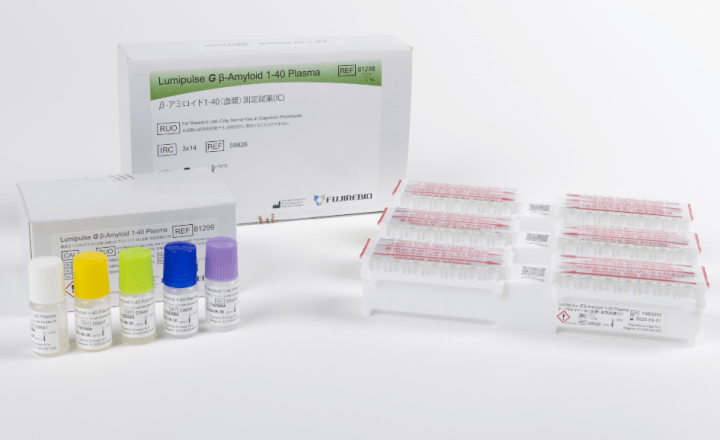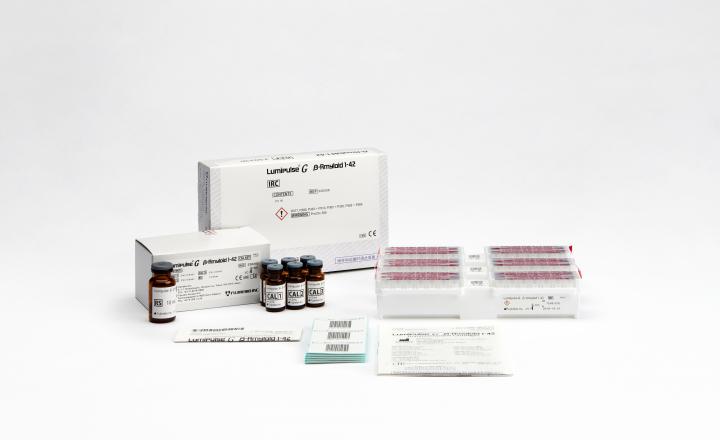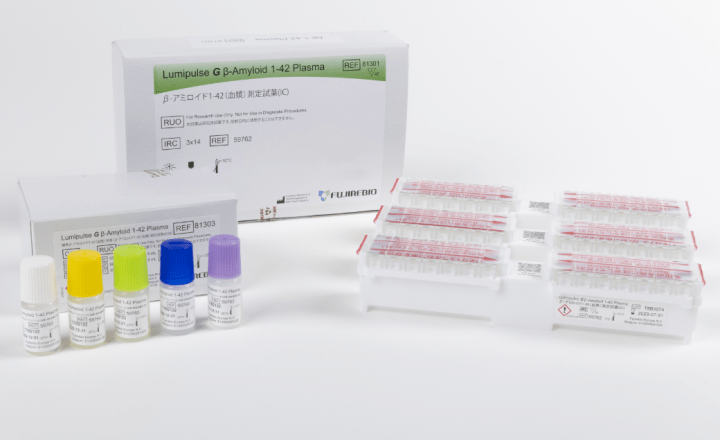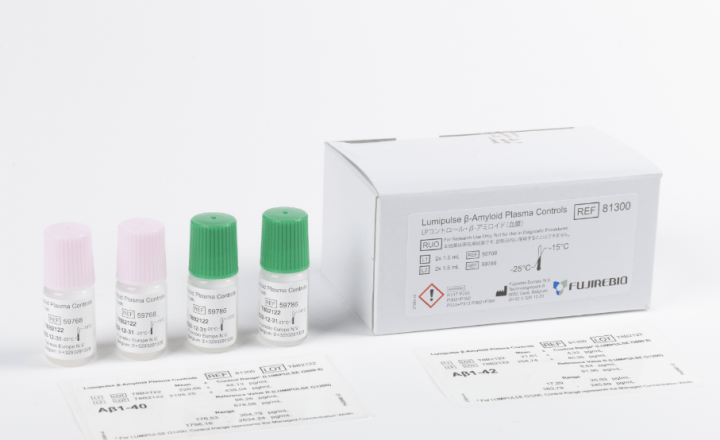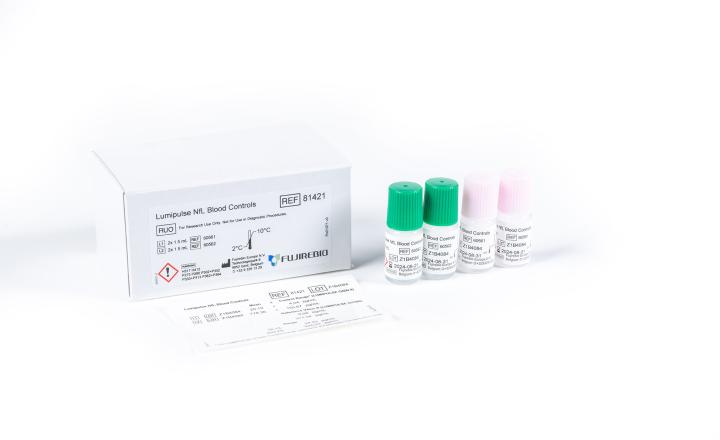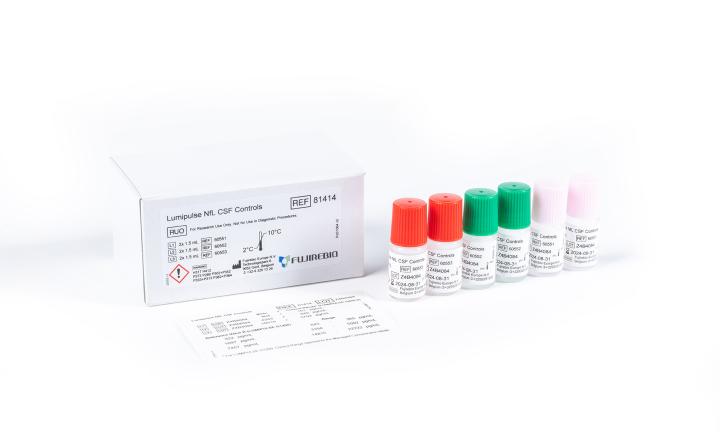New criteria for Alzheimer’s disease
In this article series we aim at highlighting the current state of knowledge and the latest developments in the field of Alzheimer’s disease (AD) testing. This chapter reviews the new criteria for different stages of AD that have been suggested by the International Working Group (IWG) and the National Institute on Aging-Alzheimer's Association (NIA-AA).
Other articles in this series:
- Altered proteins in brain neurodegenerative diseases
- Using CSF biomarkers to link pathology and clinical presentation
- How to perform a lumbar puncture
- Handling and transportation of CSF samples
- CSF biochemical pattern interpretation
- Aβ deposition and clearance: a key feature of ageing brain
New criteria for different stages of AD have been suggested by the International Working Group (IWG) and the National Institute on Aging-Alzheimer’s Association (NIA–AA) (Dubois B, et al. 2007; Albert MS, et al. 2011; McKhann GM, et al. 2011; Sperling M, et al. 2011; Dubois B, et al. 2014; Dubois B, et al. 2021).
These criteria have been constructed to permit a diagnosis of AD in earlier stages of the disease and are centered on the clinical identification of cognitive impairment subtypes together with one or more abnormal biomarkers, including MRI, PET, and CSF markers.
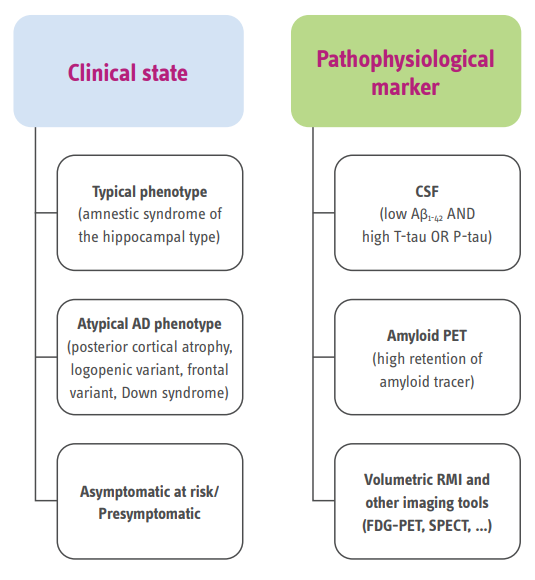
These criteria broaden the spectrum of the disease to include its preclinical states, in which Alzheimer’s pathology exists without clinical symptoms.
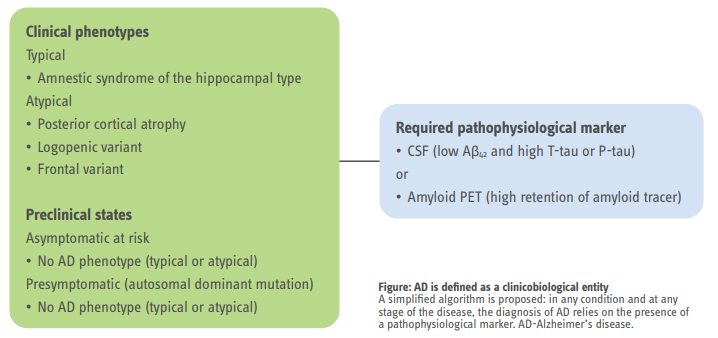
To increase diagnostic certainty, the criteria for AD incorporate biomarker evidence for pathology, which can be obtained by neuroimaging (MRI measures of atrophy, ¹⁸F-FDG PET measures of cerebral hypometabolism, and amyloid PET measures of β-amyloid deposition) and CSF testing (decreased β-amyloid concentrations and increased T-tau or P-tau concentrations).
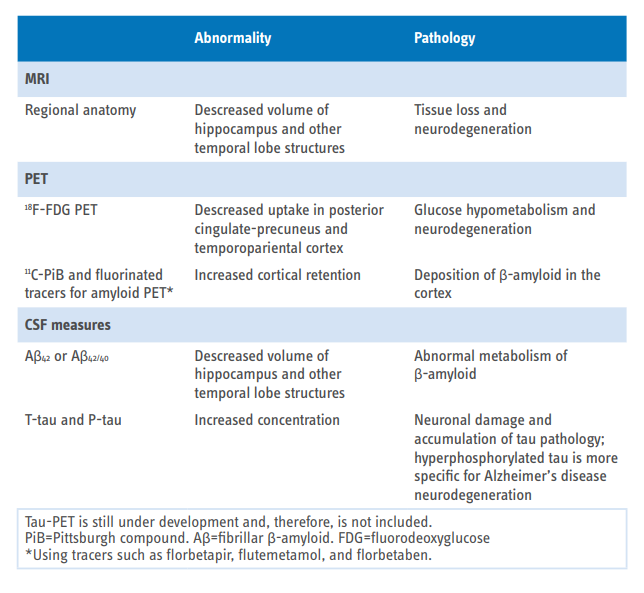
AT(N)(C) system in Alzheimer’s disease
More recently, the National Institute on Aging–Alzheimer’s Association (NIA–AA) (Jack CR et al. 2018) has proposed to define exclusively AD by its underlying neuropathologic changes that can be documented by the biomarkers in living people. The biomarker profile (pathologic process) and cognitive staging represent independent sources of information. The definition and the grading of disease severity is assessed by the biological construct of AD across its entire spectrum as a continuum.
AT(N) BIOMARKER GROUPING
- A: Aggregated Aβ amyloid peptides or associated pathologic state
(CSF Aβ42, or Aβ42/40 ratio; Amyloid PET) - T: Aggregated tau (neurofibrillary tangles) or associated pathologic state
(CSF phosphorylated tau; Tau PET) - (N): Neurodegeneration or neuronal injury
(Anatomic MRI; FDG PET; CSF total tau)
CSF VERSUS IMAGING BIOMARKERS
- The ongoing active pathologic state is denoted by CSF
- The accumulation of neuropathologic load and location in the brain is denoted by imaging
DEFINITION OF ALZHEIMER’S CONTINUUM
- A: Amyloid biomarkers (Aβ42 or Aβ42/40 ratio for CSF) determine whether or not an individual is potentially in the Alzheimer’s continuum.
- T: Pathologic tau biomarkers (P-tau for CSF) determine if someone who is in Alzheimer’s continuum has Alzheimer’s disease.
STAGING SEVERITY
- (N): Neurodegenerative/neuronal injury biomarkers (T-tau for CSF) provide powerful prediction of future cognitive decline.
- (C): Cognitive symptoms determine the syndromal categorical cognitive staging regardless the etiology.
Note: A and T are specific neuropathologic changes of AD, whereas (N) and (C) are not specific to AD and therefore placed in parentheses.
FLEXIBILITY OF THE AT(N) SYSTEM
- Each biomarker group is labeled (-) normal, (+) abnormal or (*) not determined
E.g. A+T+(N)+ to categorize AD-pathologic changes
- Alternatively to the binary approach, each biomarker group could be also labelled semi-quantitatively (0) clearly normal, (1) intermediate / marginally altered or (2) clearly abnormal.
E.g. A2T1(N)1 categorize AD profile or A2T0(N)0 if only the Amyloid biomarker is clearly abnormal
- New biomarker groups beyond AT(N) can be added when they will become available.
These guidelines would permit an important step toward harmonization of interpretation of biomarkers in a personalized medicine.
- A combination of an abnormal Aβ and a pathologic tau biomarker constitutes AD regardless of cognitive symptoms, and thus AD is a biologically defined entity.
- The staging of the severity of cognitive symptoms is independent of the underlined pathology. The syndromal categorical scheme preserves the tree clinical categories: cognitively unimpaired, mild cognitive impairment and dementia.
Bibliography
- Clinical diagnosis of Alzheimer’s disease: recommendations of the International Working Group. Dubois B, et al. Lancet Neurol. 2021; 20(6): 484-496. Review.
- NIA-AA Research Framework: Toward a biological definition of Alzheimer’s disease. Jack CR Jr, et al. Alzheimers Dement. 2018; 14(4): 535-562. Review.
- Strategic roadmap for an early diagnosis of Alzheimer’s disease based on biomarkers. Frisoni GB, et al. Lancet Neurol. 2017; 16(8): 661-676. Review.
- Are CSF Biomarkers Useful as Prognostic Indicators in Diagnostically Unresolved Cognitively Impaired Patients in a Normal Clinical Setting. Schjønning Nielsen M, et al. Dement Geriatr Cogn Dis Extra. 2016; 6(3): 465-476.
- Recommendations for cerebrospinal fluid Alzheimer’s disease biomarkers in the diagnostic evaluation of mild cognitive impairment. Herukka SK, et al. Alzheimers Dement. 2017; 13(3): 285-295. Review.
Related articles
Video - Alzheimer's awareness redefined
Follow the journey of the Sullivan family and leading Alzheimer’s Neurologist and Researcher Dr. David Greeley as they introduce and explain these...
Publication - Serum and cerebrospinal fluid neurofilament light chains measured by SIMOA™, Ella™, and Lumipulse™ in multiple sclerosis naïve patients
We would like to draw your attention to a first publication on our Lumipulse® G NfL solution. In this article you will find a method comparison of CSF...
CTAD 2023 – Spotlight on recent advances in blood-based biomarkers for Alzheimer’s disease
Both fluid and imaging biomarkers provide biological evidence for the underlying etiology of cognitive impairment. The core fluid biomarkers of...
IVDR status update for Fujirebio’s Neuro products
The European CE-marking is used to support registrations of in vitro diagnostic (IVD) medical devices in many jurisdictions around the world. The...
Scientific poster - Blood sample matrix validation, impact of sample freezing and method comparison analysis using the Lumipulse® G NfL blood prototype assay
This AD/PD 2023 poster investigates the agreement between matched serum and plasma samples on the Lumipulse G NfL Blood prototype assay, the impact of...
Video - A neurochemist's search to save memories
Meet Dr. Charlotte Teunissen, Professor in Neurochemistry, and her lifelong friend Christa Reinhoudt, who was diagnosed with Alzheimer's disease in...
Scientific poster - Analytical performance of the Lumipulse® G NfL CSF <RUO>
Poster presented at the AD/PD 2023
This AD/PD 2023 poster wishes to demonstrate the analytical performance of the newly developed Lumipulse G NfL CSF...
Scientific poster - A fully automated and scalable plasma pTau181 assay for Alzheimer's disease
In this article, the diagnostic performance of a modified version of the Lumipulse G pTau181 CSF test is evaluated.
Scientific poster - CSF pTau181/Aβ1-42 ratio increases pre-analytical variability over measuring Aβ1-42 alone
In this CTAD 2022 poster, we examine the utility of CSF biomarker ratios to correct for pre-analytical variability.
Aβ deposition and clearance: a key feature of the ageing brain
This chapter looks closer at Aβ deposition and clearance as key feature of ageing brain.
Scientific poster - Analytical performance overview of the Lumipulse® G pTau 181 Plasma RUO assay
The aim of the study, presented at the AAIC 2022, was to determine the performance of several analytical parameters, including amongst others...
Scientific poster - Analytical performance of the Lumipulse® G β-Amyloid 1-40 Plasma and Lumipulse® G β-Amyloid 1-42 Plasma RUO assays
The aim of the study, presented at the AAIC 2022, was to determine the performance of several analytical parameters, including amongst others...
Scientific poster - Reducing misdiagnosis of Alzheimer’s disease pathology utilizing CSF and amyloid PET
In this poster we examine the performance of cognitive testing alone for identification of amyloid positivity in MCI patients from the ADNI study when...
CSF biochemical pattern interpretation
What are some of the best-practices of CSF biochemical pattern interpretation? In this article series we aim at highlighting the current state of...
Handling and transportation of CSF samples
Cerebrospinal fluid (CSF) can be collected in the lumbar region by an experienced physician. This article details the recommended procedure for...
How to perform a lumbar puncture
In this article series we aim at highlighting the current state of knowledge and the latest developments in the field of Alzheimer’s disease (AD)...
Using CSF biomarkers to link pathology and clinical presentation
In this article series we aim at highlighting the current state of knowledge and the latest developments in the field of Alzheimer’s disease (AD)...
Video - A day at the Fujirebio Neuro Center of Excellence
In this short video we show you around at the Fujirebio Neuro Center of Excellence. Right now, expectations are high for the development of blood...
Altered proteins in brain neurodegenerative diseases
In this new article series we aim at highlighting the current state of knowledge and the latest developments in the field of Alzheimer’s disease (AD)...
Scientific poster - Comparing CSF and plasma LUMIPULSE® Alzheimer’s Disease biomarker analysis to amyloid-β PET imaging
The aim of this study was to evaluate a plasma pTau biomarker as a tool for predicting amyloid pathology.
Improving clinical diagnosis of Alzheimer’s disease: Review of the available literature
In this chapter, we will review available literature on the accuracy of the underlying pathological determinations in mild cognitive impairment (MCI)...
The drawbacks of relying solely on the standard routine clinical examinations and cognitive testing
Many subtypes of disease exist under the umbrella of dementia with Alzheimer’s disease (AD) being the most common. AD-related dementia is...
Testimonial - Value of the β-Amyloid ratio and other CSF biomarkers in the Erlangen Score interpretation algorithm
By Prof. Dr. Piotr Lewczuk - Two groups of established cerebrospinal fluid (CSF) biomarkers reflect two major pathological alterations in Alzheimer's...
Webinar replay - Possible applications for novel CSF biomarkers
At Fujirebio we have been hosting a webinar series with leading expert speakers dedicated to current topics in the field of Alzheimer's disease...
Webinar series - Current topics in Alzheimer's disease diagnostics
We have been hosting a series of 3 webinars with leading expert speakers and dedicated to current topics in the field of Alzheimer's Disease...
Scientific poster - Towards an easy plasma pTau 181 detection
Blood-based Alzheimer’s disease (AD) biomarker testing could be used as a simple, accessible, and scalable approach to help support the diagnosis of...
Webinar replay - Preparing for the future of plasma based Alzheimers disease diagnostics
At Fujirebio we are hosting a webinar series with leading expert speakers dedicated to current topics in the field of Alzheimer's disease diagnostics...
Video - The interest of automated testing for all four CSF biomarkers
In less than 2 minutes, this video explains the advantages of automated biomarker testing for all four CSF biomarkers, over other available testing...
Webinar replay - CSF-based biomarkers to support the diagnosis of Alzheimer’s disease
At Fujirebio we are hosting a webinar series with leading expert speakers dedicated to current topics in the field of Alzheimer's disease diagnostics...
The Fujirebio Neuro Center of Excellence
The Fujirebio Neuro Center of Excellence has been founded with the objective of rising to this challenge. It is a research and development hub focused...
Booklet - First edition of our new clinical booklet "A few drops of insight can lead to an ocean of understanding"
Early diagnosis of Alzheimer's disease is crucial. The desire to tackle neurodegenerative diseases by always finding earlier diagnostic solutions and...
Video - Ratio calculation of Aβ1-42 and Aβ1-40 offers essential information about the buildup of amyloid pathology in a patient's brain
This 2 minute video explains why and how a ratio calculation of the two amyloid proteins, Aβ1-42 and Aβ1-40, offers particularly essential information...
Video - Daniel's story about his early testing and diagnosis of Alzheimers disease
Daniel lives in Stockholm, Sweden, and was diagnosed with Alzheimer’s disease when he was still in his early 50's. In this 6-minute video we follow...
Influence of automation on Aβ1-42/Aβ1-40 ratio and its use
Automation is an important step in the direction of more standardization as it limits the number of manual handling steps and therefore minimizes...
Comparison of Aβ1-42/Aβ1-40 ratio with other ratios
CSF Aβ1-42/Aβ1-40 is a tool to normalize values of patients with different amyloid levels, as other ratios might be seen more as interpretation tools...
How to work with Aβ1-42/Aβ1-40 ratio
One cause of discordant results can be the preanalytical conditions, e.g. when laboratories use tubes that bind certain proteins. Aβ1-42 adsorption is...
Improvement of AD risk scores by use of the Aβ1-42/Aβ1-40 ratio
Different scores have been developed to provide an interpretation of biomarker results for AD diagnosis or risk prediction. Here we will give two...
Aβ1-42/Aβ1-40 ratio for interpretation of discordant results
By use of the Aβ1-42/Aβ1-40 ratio, discordant results (i.e. when amyloid and tau biomarkers are not concordant) can be improved. However, while the...
Use of the Aβ1-42/Aβ1-40 ratio to improve accuracy of AD diagnosis
It is widely agreed that, since cerebrospinal fluid (CSF) is in direct contact with the central nervous system (CNS), analytes measured in this body...
What is Alzheimer's disease?
Alzheimer’s disease, which is the most common form of dementia, is an incurable degenerative disease. Neurons in certain parts of the brain are...






